Seasons of Burchfield
An exhibition curated by Lydia McGinn ’22 and Madeline Justiniano ’21
The exhibition screenshots below contain embedded information and/or media panels. Click the icon, ![]() , to view this material.
, to view this material.
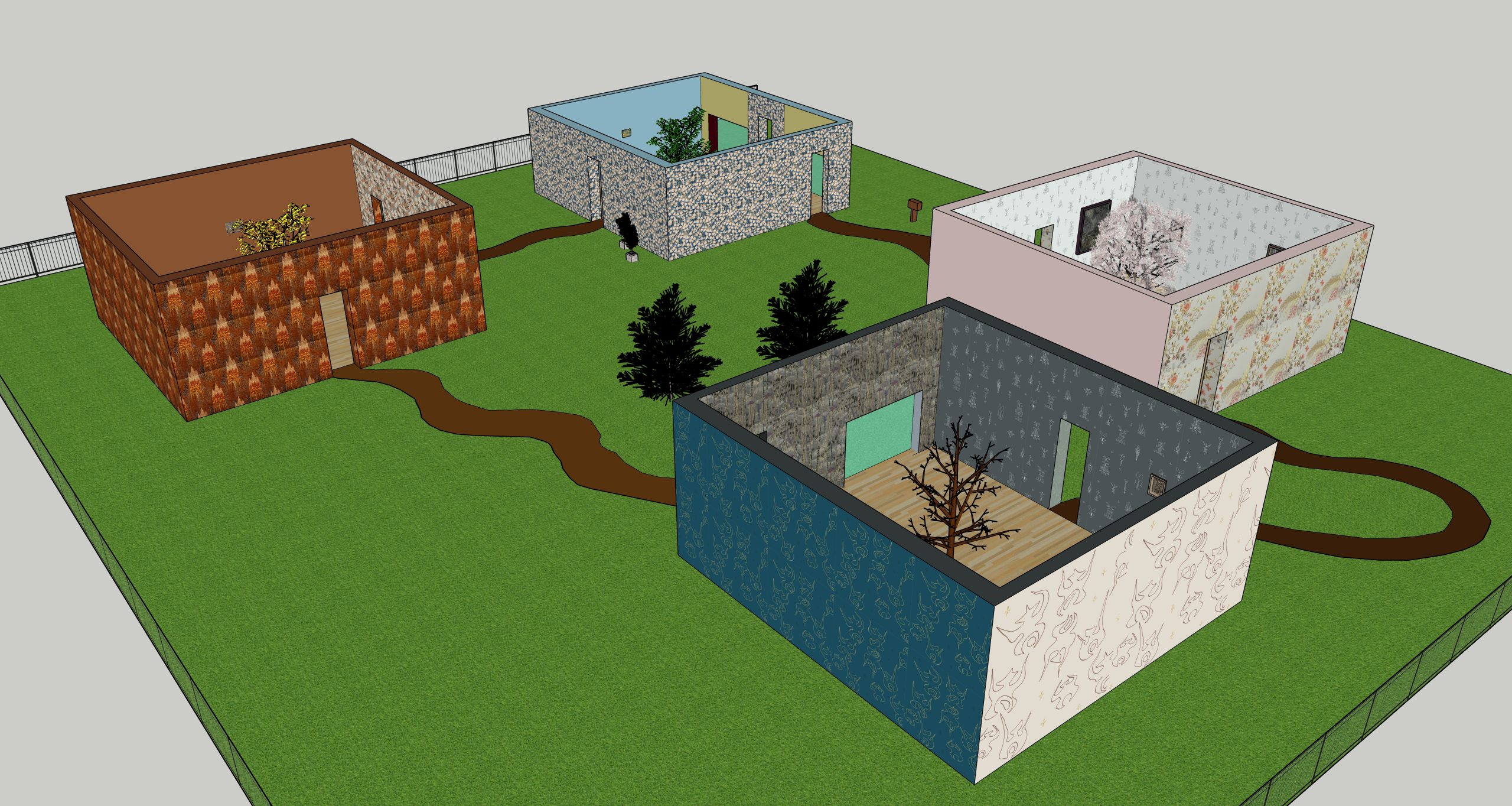

“The work of Charles Burchfield is most decidedly founded, not on art, but on life, and the life that he knows and loves best.” -Edward Hopper
Charles Burchfield (1893 –1967) was incredibly attuned to the chaos, brilliance, and rhythms of the natural world. In his paintings, we see the world as he did: with wonder, curiosity, and profound attention to detail.
Burchfield worked primarily in watercolors, and tended to focus on local landscapes– whether that meant the houses and gardens in his hometown of Salem, Ohio, or the forests and skies of Buffalo, New York, where he moved at age twenty-eight.
Like the seasons of the natural world he depicted, Burchfield’s painting style shifted cyclically. His early work featured playful, imaginative images of the outdoors. They were synesthetic, emphasizing the sound and atmosphere of a place over realistic depictions. In the 1920s, after WWI, he shifted to a darker palette and created bleaker compositions. Then, near the end of his career, he returned with great exuberance to his bright color-schemes and busy, transcendentalist illustrations, this time on a larger scale.
The paintings in this exhibition have been organized by season in order to highlight one connection between Burchfield’s art and the natural world. As you move through the exhibit, we invite you to spend time looking closely at both Burchfield’s paintings and the gardens outside. What connections can you make between them? What similarities or differences do you notice between the experience of looking at Burchfield’s paintings of trees, flowers, light, and air and the experience of being outside and seeing them for yourself? Does looking at the paintings change your experience outdoors? Do you see the paintings any differently after being outside?








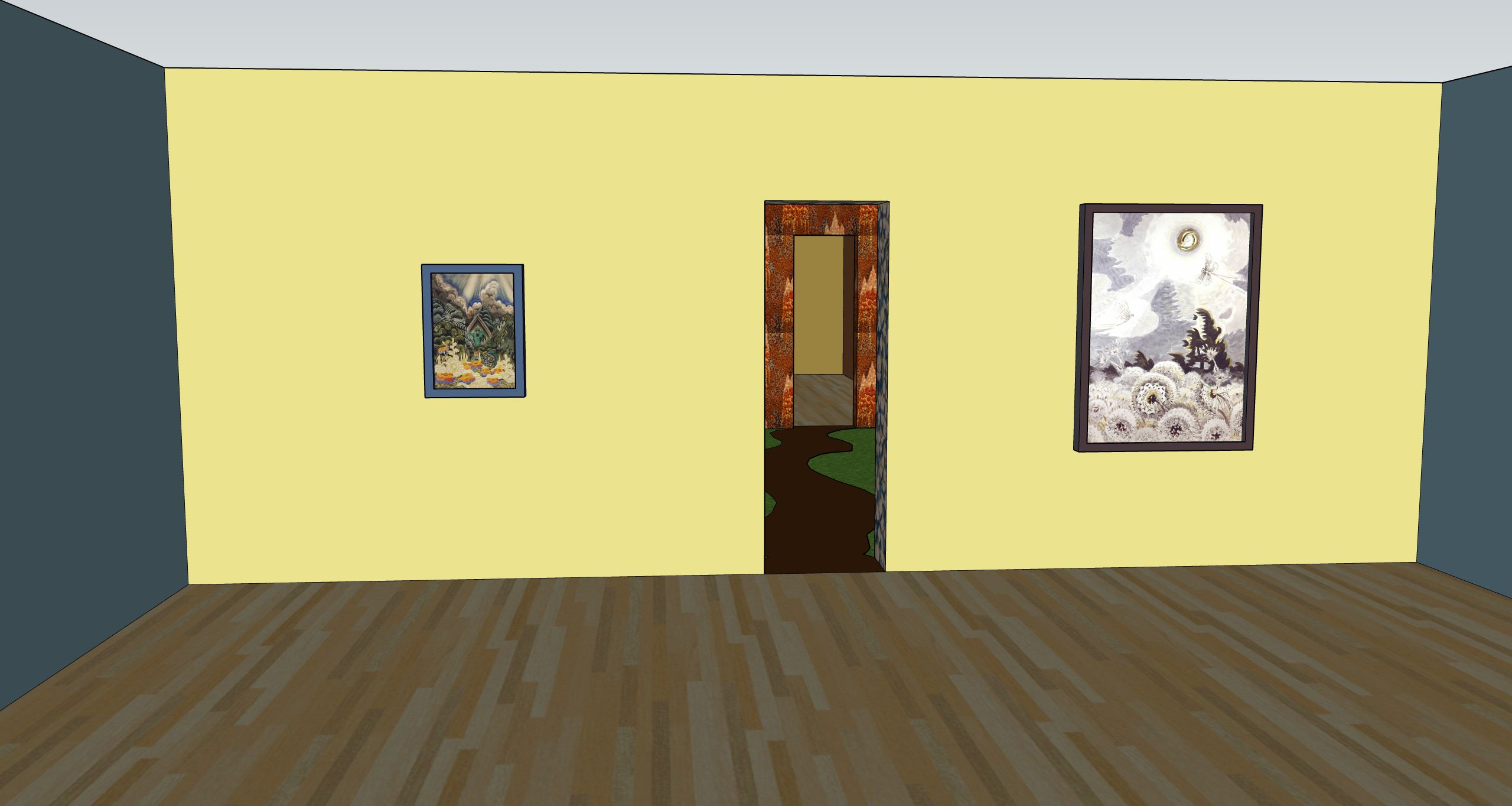


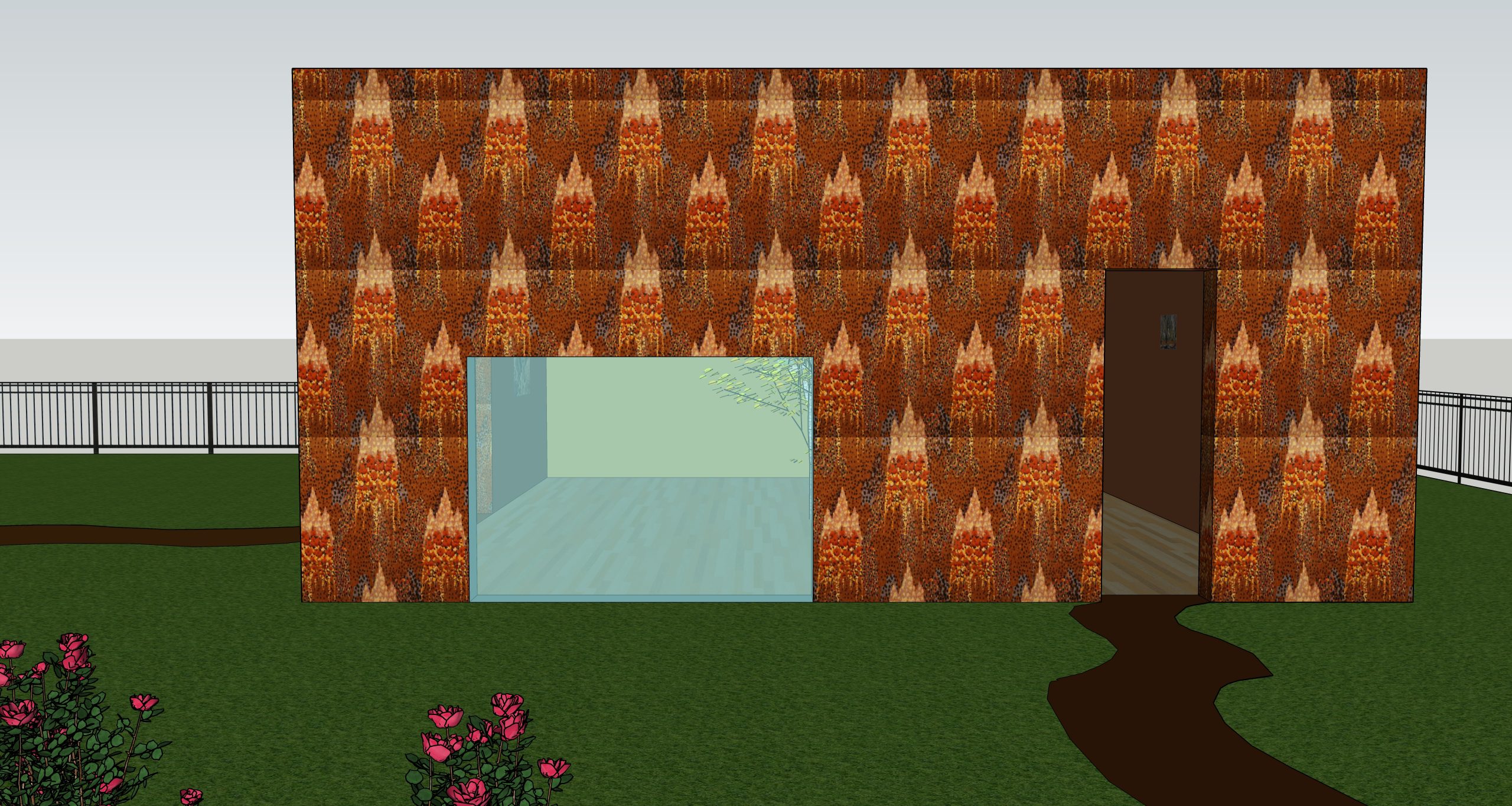





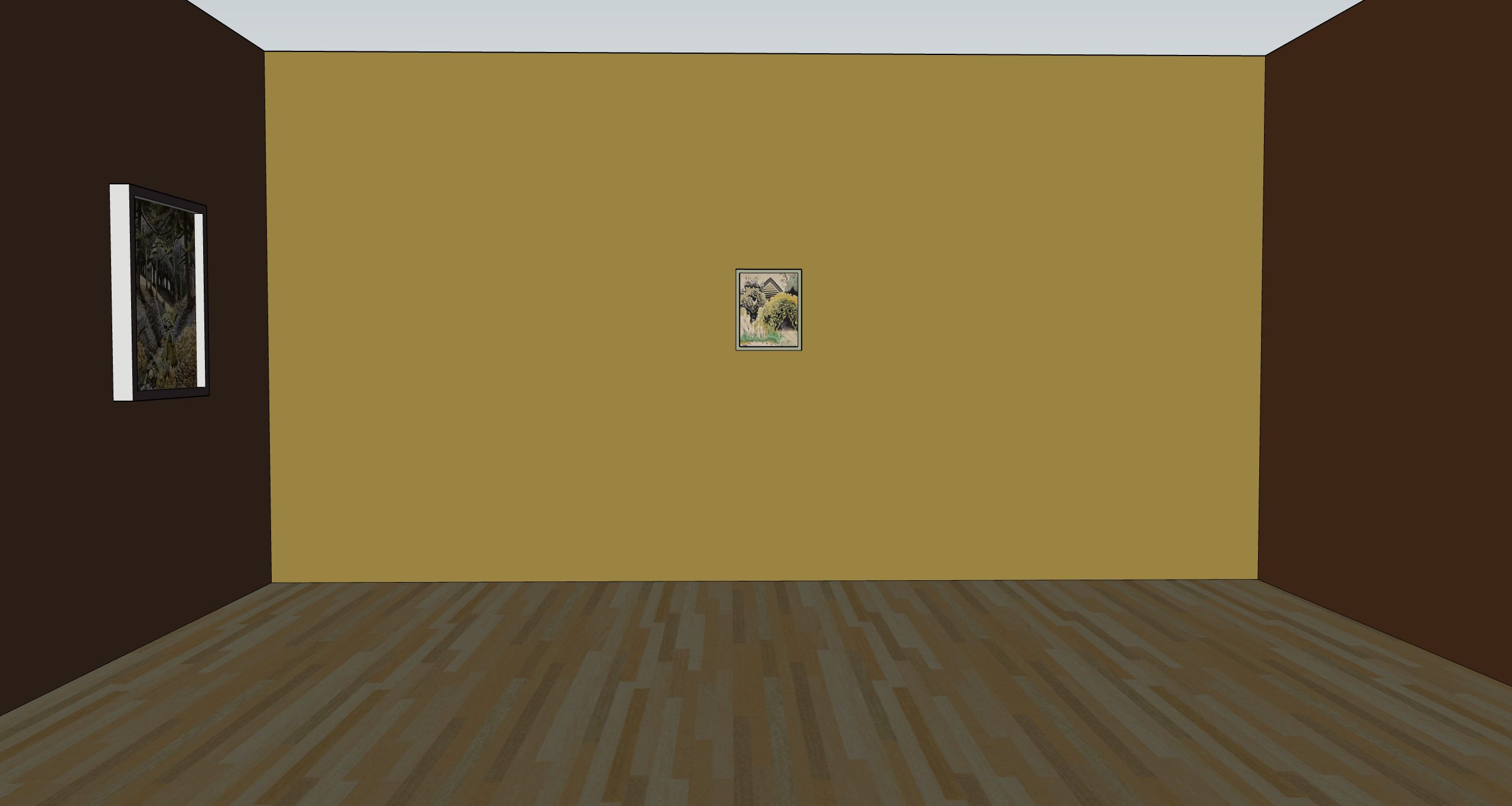



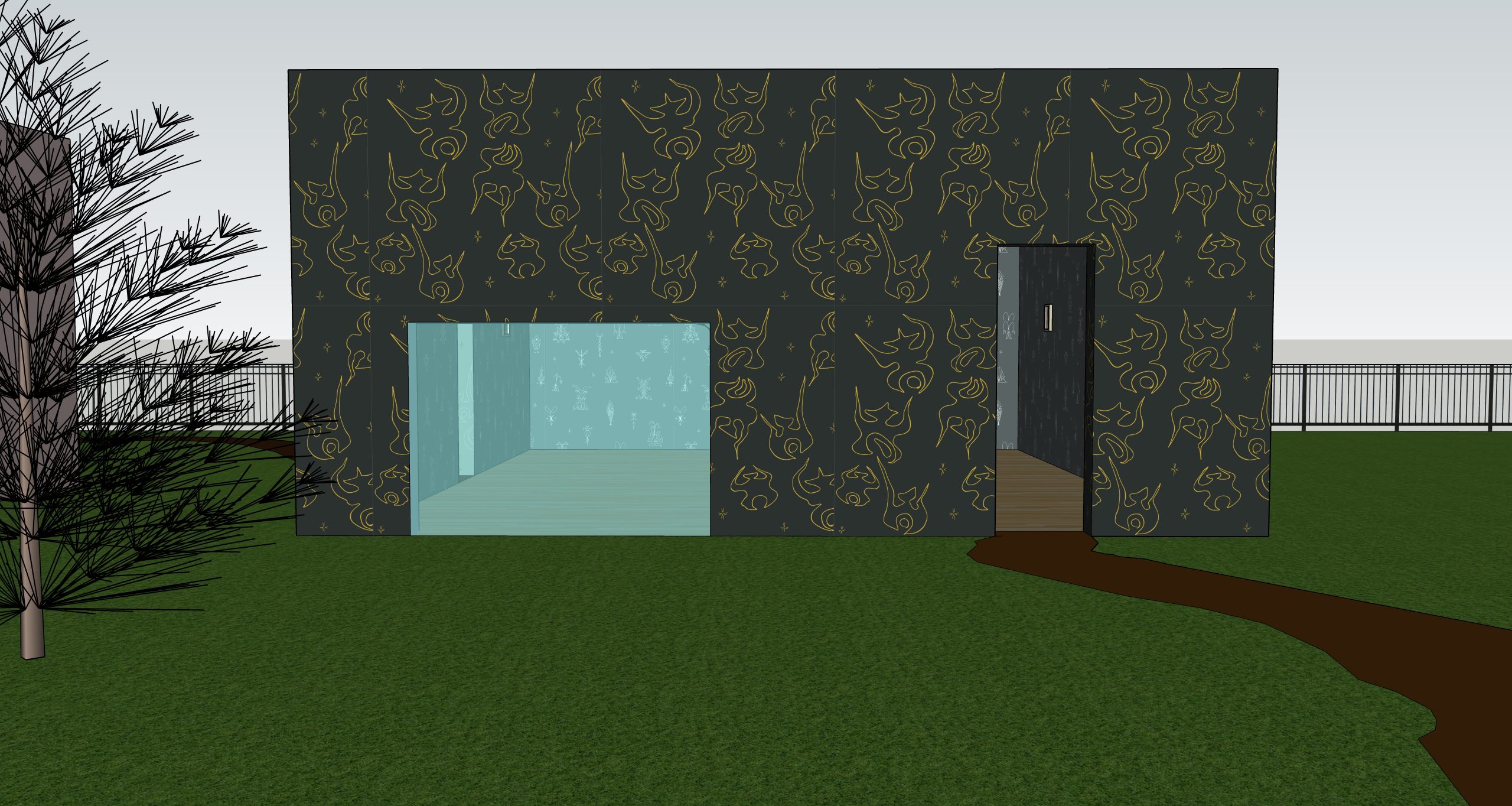


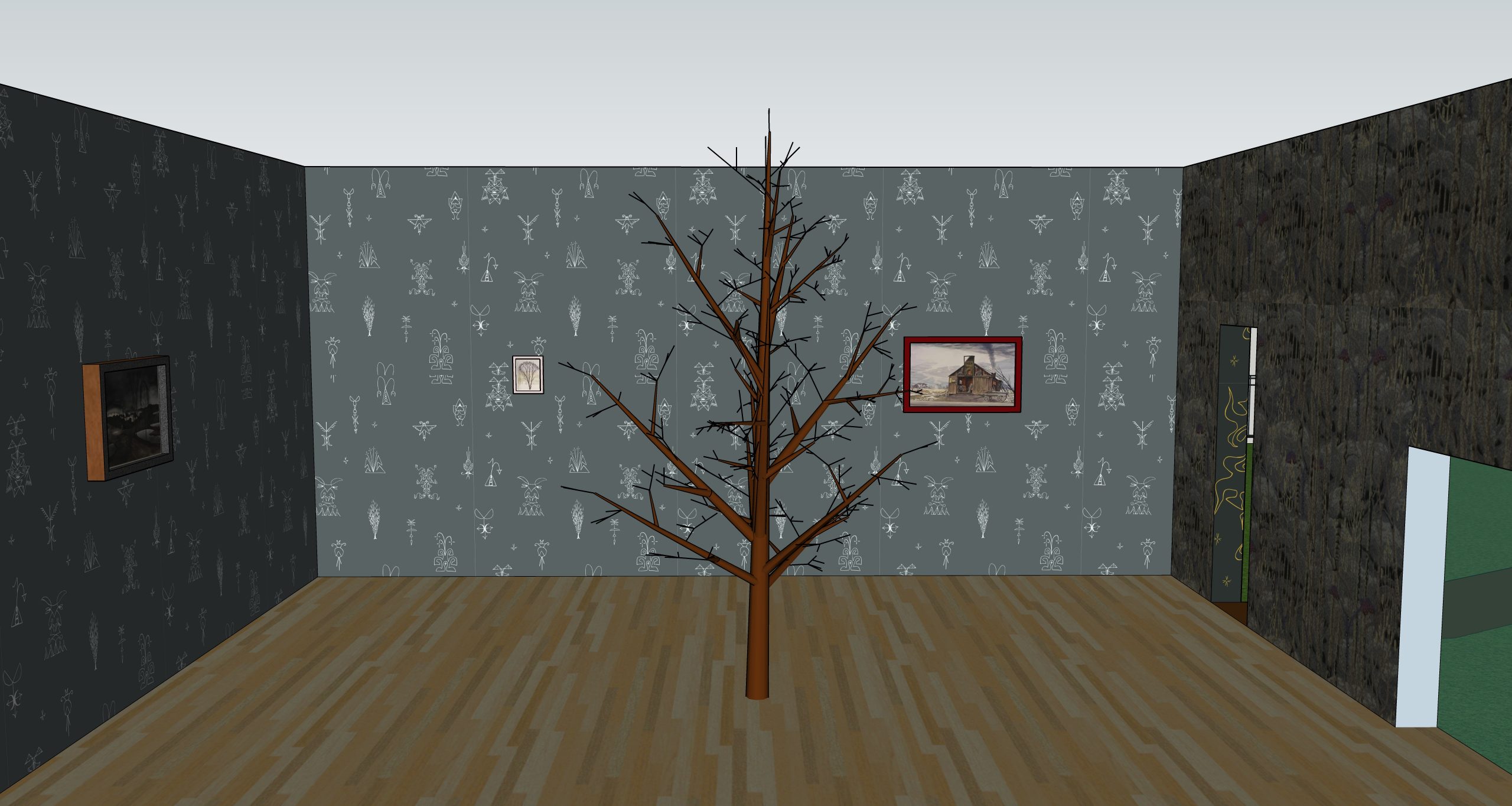


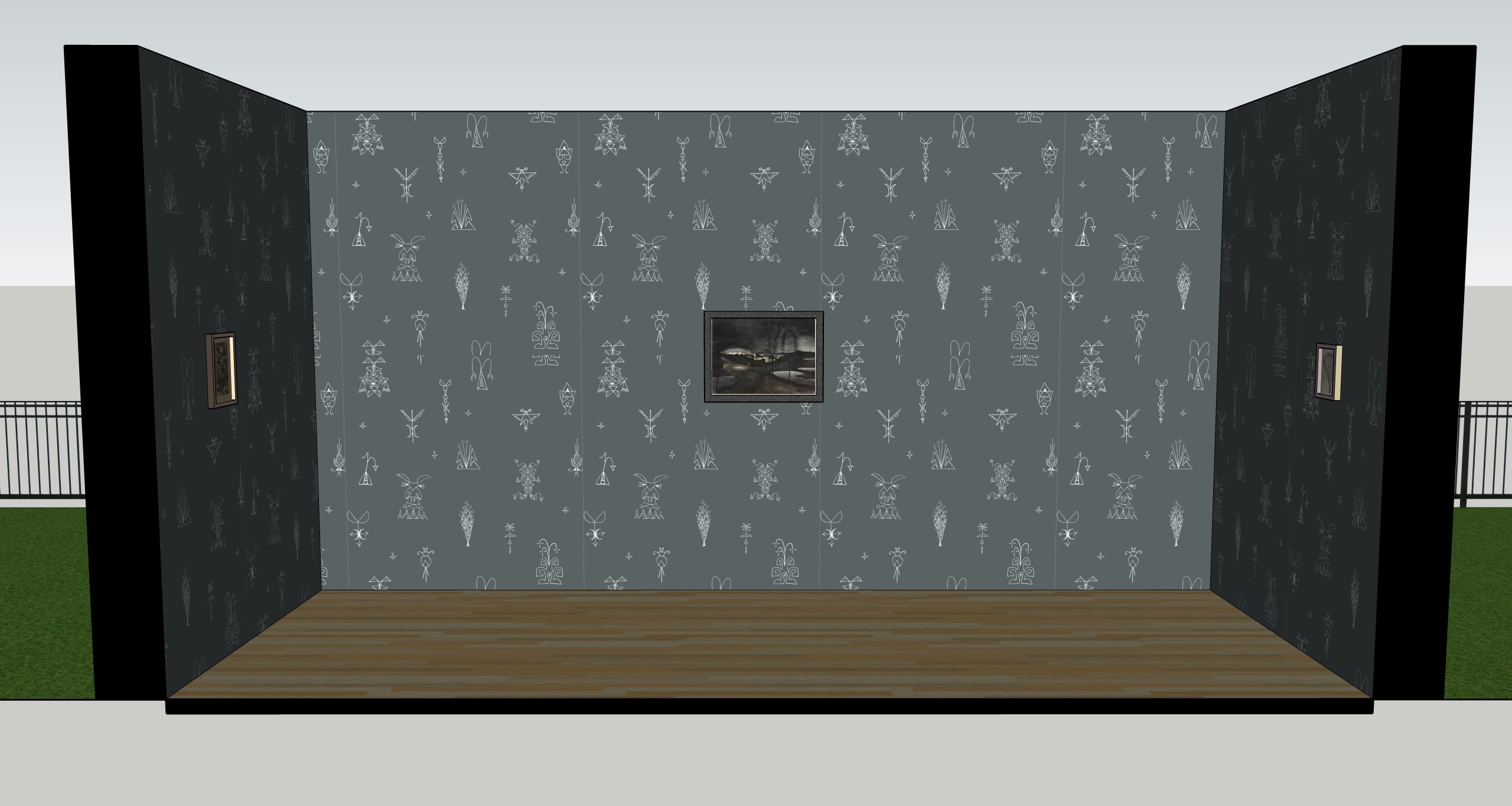

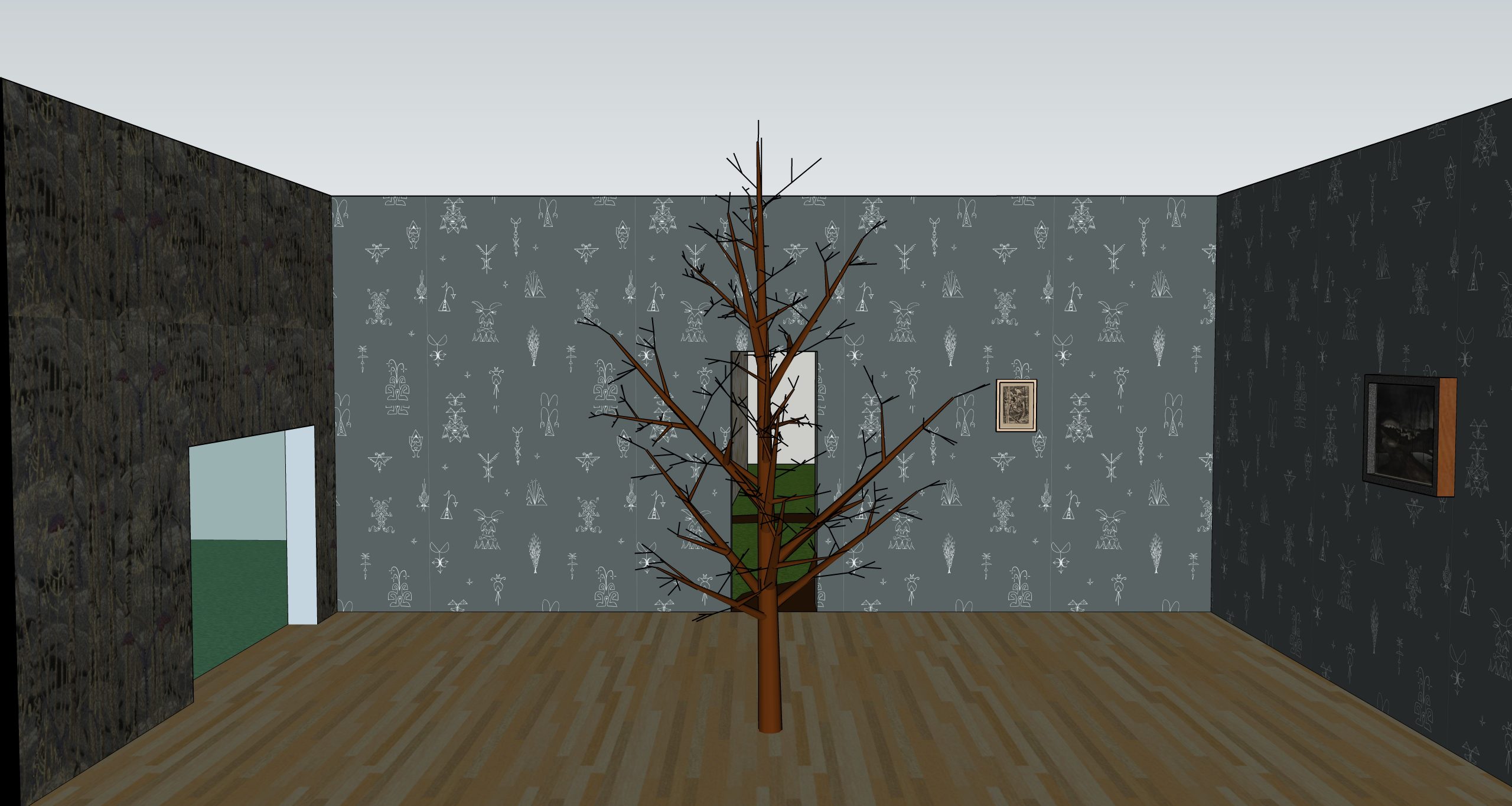

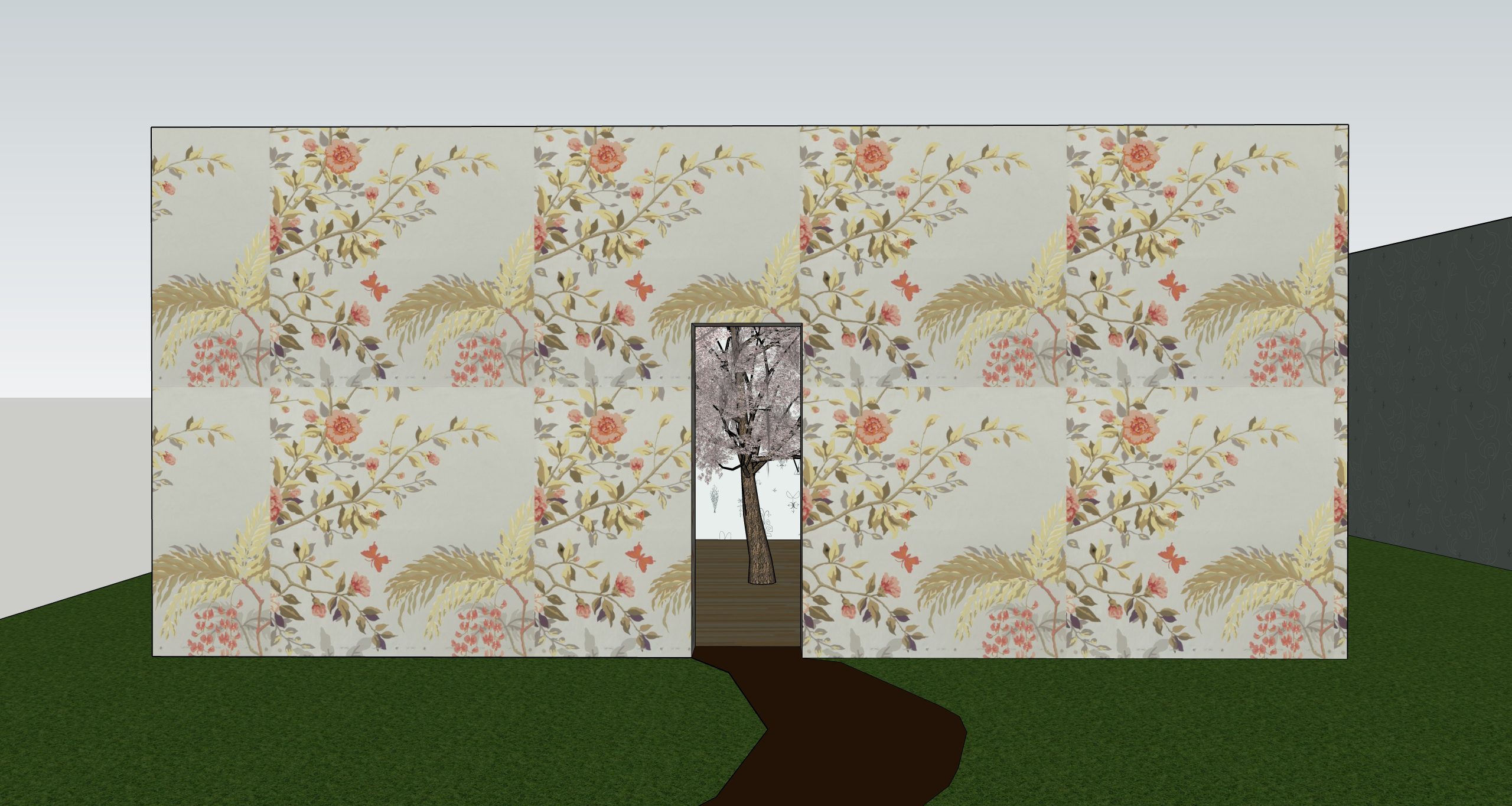






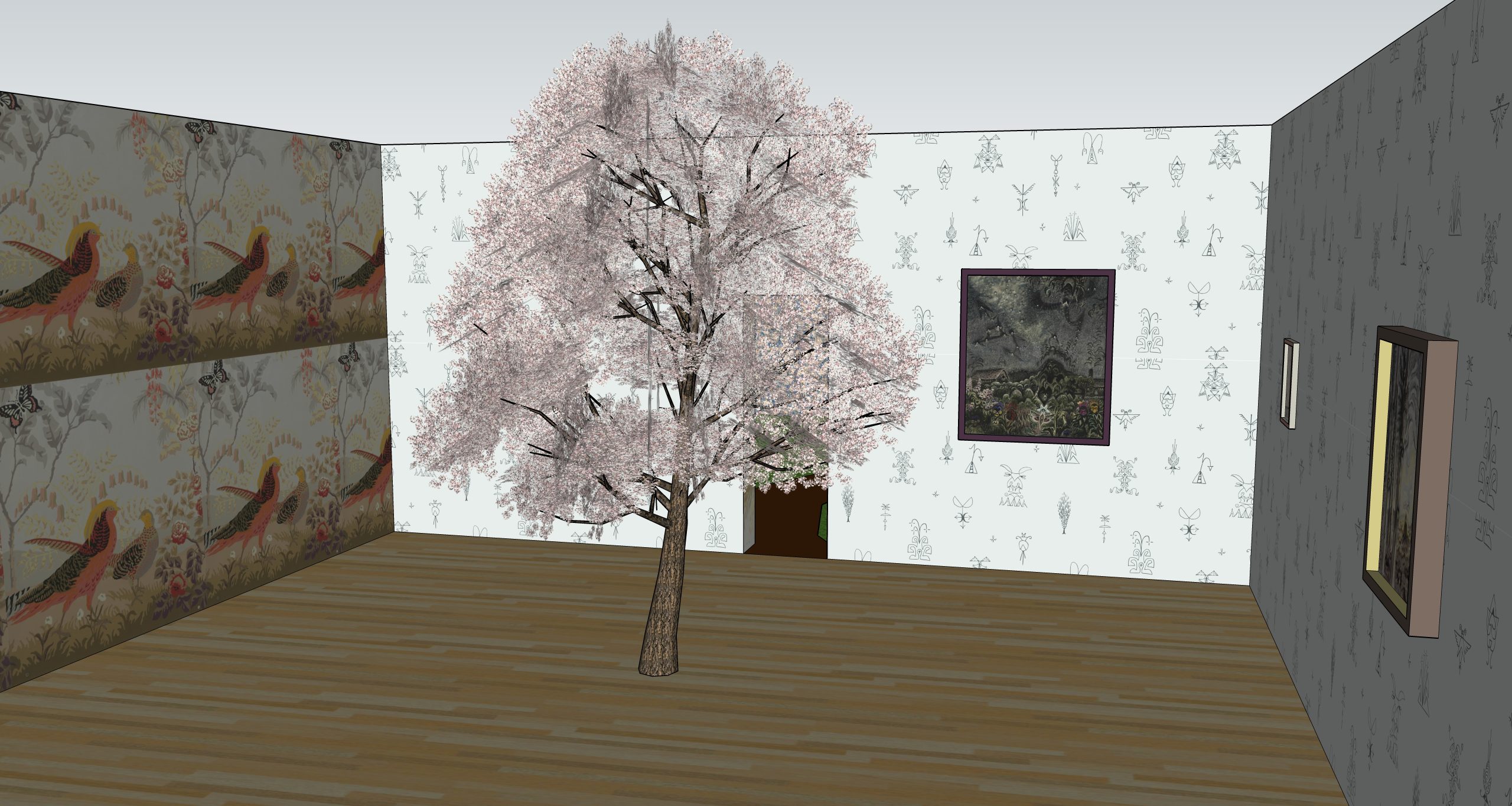


Interactive 3D Model
Click the image above to activate the 3D model viewer. The 3D model viewer may take a minute or two to load.
Within the viewer you will be able to orbit, pan, and zoom the 3D model. Select the arrow located on the right side of the 3D model viewer to access these tools.